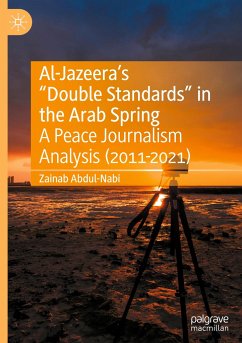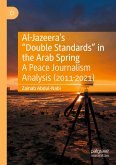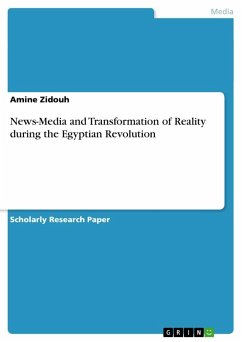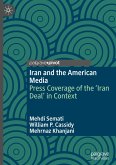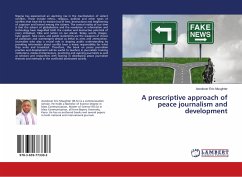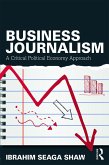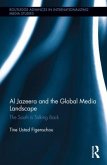This book finds that Al-Jazeera's coverage of Bahrain and Syria has conformed with Qatar's foreign policy, throughout the last decade (2011-2021). Al-Jazeera Arabic adopted Qatar's "double standards" policy in both countries in the beginning of the Arab Spring, framing Bahrain's protests as a "sectarian movement," while depicting the Syrian armed conflict as a legitimate "revolution" (2011-2013). The book observes that when ties between Qatar and Bahrain worsened during the 2017 Gulf crisis, Al-Jazeera Arabic has shifted its coverage from being "pro-Bahraini regime" to "pro-protesters," focusing on violations and giving voice to activists (2014-2021). The book concludes that the lack of "Peace Journalism" framing in Al-Jazeera's coverage of Bahrain's uprising and Syria's chemical weapons attacks has represented "claims" as "facts," and justified military action against Syria. It also reveals distinctive differences between Al-Jazeera Arabic and English, with theformer lacking"objective reporting standards," and using more sectarian language than the latter.
Bitte wählen Sie Ihr Anliegen aus.
Rechnungen
Retourenschein anfordern
Bestellstatus
Storno

